In today’s highly competitive food industry, securing your brand’s identity is not just a necessity; it’s a critical step toward long-term success. For food brands in India, particularly in cities like Chennai, brand registration in Chennai is the first step toward safeguarding intellectual property. A registered trademark offers legal protection, ensuring your brand name, logo, or slogan isn’t copied or misused in local and global markets.
Why is Trademark Protection Crucial for Food Brands?
The food industry thrives on customer trust and recognition. Your brand name or logo is the face of your business, distinguishing your products from competitors. Trademark protection ensures that your intellectual property remains unique, allowing you to build a loyal customer base. Without proper safeguards, competitors or counterfeiters could tarnish your reputation by using a similar name or design.
The Global Perspective
Expanding into global markets comes with its challenges, especially in protecting intellectual property. Different countries have varied regulations, but having your trademark registered in one jurisdiction often helps with international trademark filings. For example, the Madrid Protocol enables brands to register trademarks across multiple countries with a single application.
Steps to Trademark Your Food Brand
- Conduct a Trademark Search
Before filing, it’s crucial to ensure your desired name or logo isn’t already in use. Conducting a thorough search saves time and resources. - Filing the Application
The application should detail the trademark, including its class. Food brands often fall under specific classes in trademark law, like Class 29 (meat, fish, etc.) and Class 30 (coffee, tea, etc.). - Responding to Objections
If authorities raise objections, responding promptly is essential to avoid delays. - Trademark Registration
Once approved, your trademark is published and protected for ten years, with the option for renewal.
Maintaining Trademark Protection
After registration, active steps like monitoring the market for infringements and renewing the trademark periodically are essential. This vigilance ensures your brand remains protected globally.
Trademark Challenges for Food Brands
- Counterfeiting: Imitation products with similar branding can confuse customers.
- Cultural Differences: A brand name that works well in one country might be offensive or meaningless in another.
- Legal Battles: Without clear trademarks, disputes can arise over brand ownership.
The Future of Food Brands and Trademarks
As food brands embrace e-commerce and international exports, trademark protection will become even more critical. By securing your intellectual property early, you can establish your brand globally while avoiding legal disputes.
Why is Trademark Protection Crucial for Food Brands?
The food industry thrives on customer trust and recognition. Your brand name or logo is the face of your business, distinguishing your products from competitors. Trademark protection ensures that your intellectual property remains unique, allowing you to build a loyal customer base. Without proper safeguards, competitors or counterfeiters could tarnish your reputation by using a similar name or design.
The Global Perspective
Expanding into global markets comes with its challenges, especially in protecting intellectual property. Different countries have varied regulations, but having your trademark registered in one jurisdiction often helps with international trademark filings. For example, the Madrid Protocol enables brands to register trademarks across multiple countries with a single application.
Steps to Trademark Your Food Brand
- Conduct a Trademark Search
Before filing, it’s crucial to ensure your desired name or logo isn’t already in use. Conducting a thorough search saves time and resources. - Filing the Application
The application should detail the trademark, including its class. Food brands often fall under specific classes in trademark law, like Class 29 (meat, fish, etc.) and Class 30 (coffee, tea, etc.). - Responding to Objections
If authorities raise objections, responding promptly is essential to avoid delays. - Trademark Registration
Once approved, your trademark is published and protected for ten years, with the option for renewal.
Maintaining Trademark Protection
After registration, active steps like monitoring the market for infringements and renewing the trademark periodically are essential. This vigilance ensures your brand remains protected globally.
Trademark Challenges for Food Brands
- Counterfeiting: Imitation products with similar branding can confuse customers.
- Cultural Differences: A brand name that works well in one country might be offensive or meaningless in another.
- Legal Battles: Without clear trademarks, disputes can arise over brand ownership.
The Future of Food Brands and Trademarks
As food brands embrace e-commerce and international exports, trademark protection will become even more critical. By securing your intellectual property early, you can establish your brand globally while avoiding legal disputes.
Why is Trademark Protection Crucial for Food Brands?
The food industry thrives on customer trust and recognition. Your brand name or logo is the face of your business, distinguishing your products from competitors. Trademark protection ensures that your intellectual property remains unique, allowing you to build a loyal customer base. Without proper safeguards, competitors or counterfeiters could tarnish your reputation by using a similar name or design.
The Global Perspective
Expanding into global markets comes with its challenges, especially in protecting intellectual property. Different countries have varied regulations, but having your trademark registered in one jurisdiction often helps with international trademark filings. For example, the Madrid Protocol enables brands to register trademarks across multiple countries with a single application.
Steps to Trademark Your Food Brand
- Conduct a Trademark Search
Before filing, it’s crucial to ensure your desired name or logo isn’t already in use. Conducting a thorough search saves time and resources. - Filing the Application
The application should detail the trademark, including its class. Food brands often fall under specific classes in trademark law, like Class 29 (meat, fish, etc.) and Class 30 (coffee, tea, etc.). - Responding to Objections
If authorities raise objections, responding promptly is essential to avoid delays. - Trademark Registration
Once approved, your trademark is published and protected for ten years, with the option for renewal.
Maintaining Trademark Protection
After registration, active steps like monitoring the market for infringements and renewing the trademark periodically are essential. This vigilance ensures your brand remains protected globally.
Trademark Challenges for Food Brands
- Counterfeiting: Imitation products with similar branding can confuse customers.
- Cultural Differences: A brand name that works well in one country might be offensive or meaningless in another.
- Legal Battles: Without clear trademarks, disputes can arise over brand ownership.
The Future of Food Brands and Trademarks
As food brands embrace e-commerce and international exports, trademark protection will become even more critical. By securing your intellectual property early, you can establish your brand globally while avoiding legal disputes.




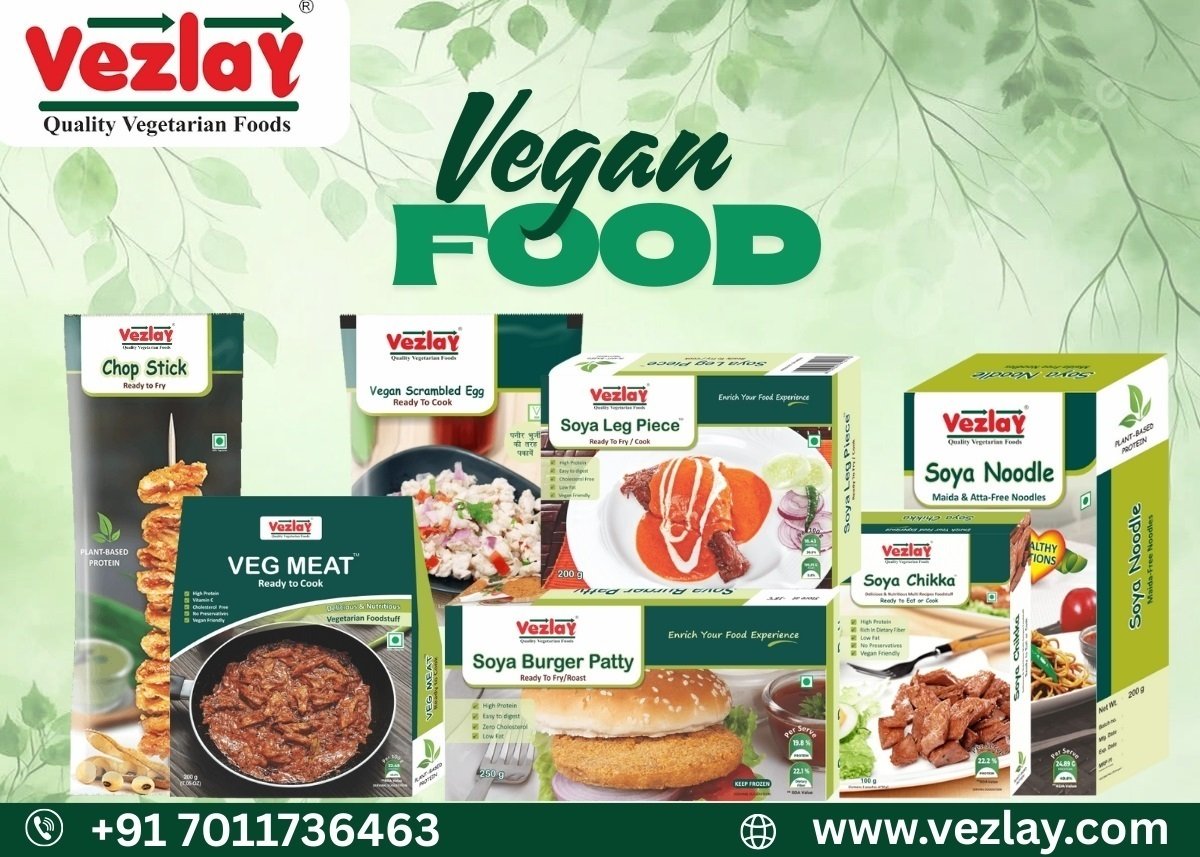
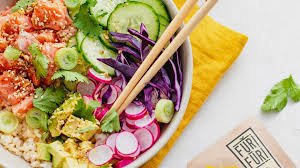


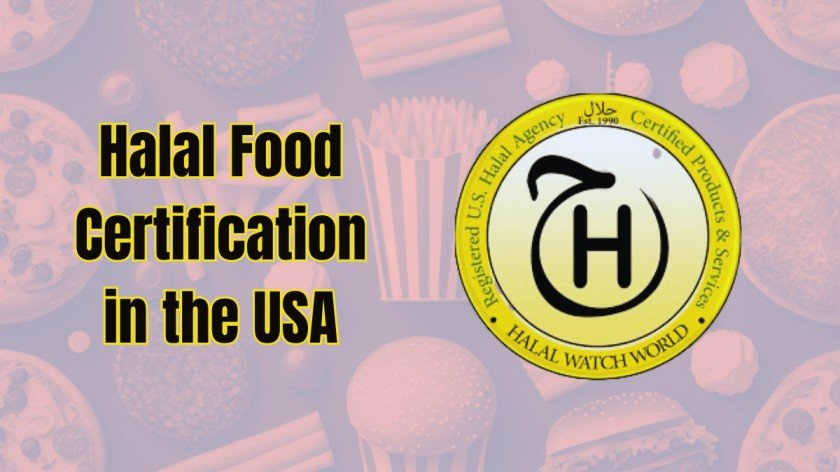

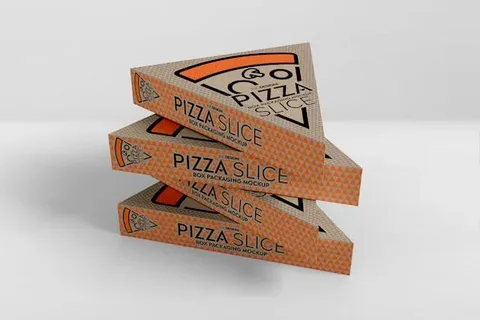


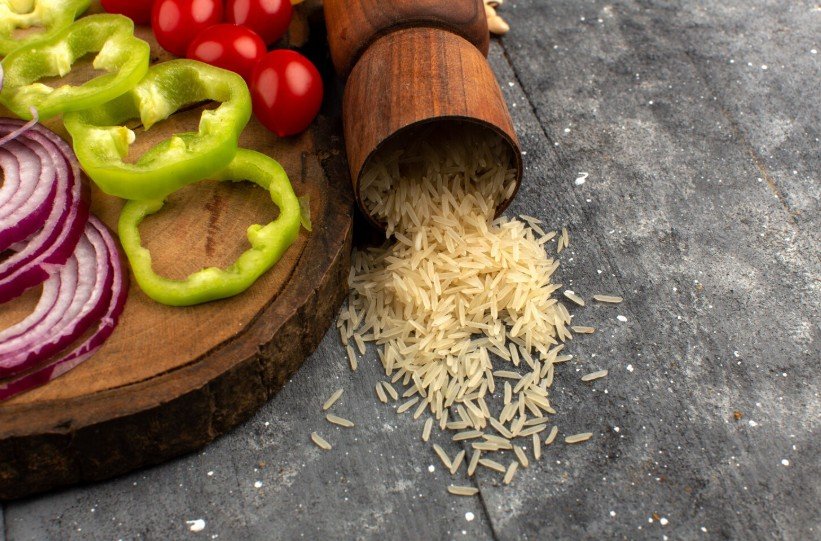
Leave a Reply